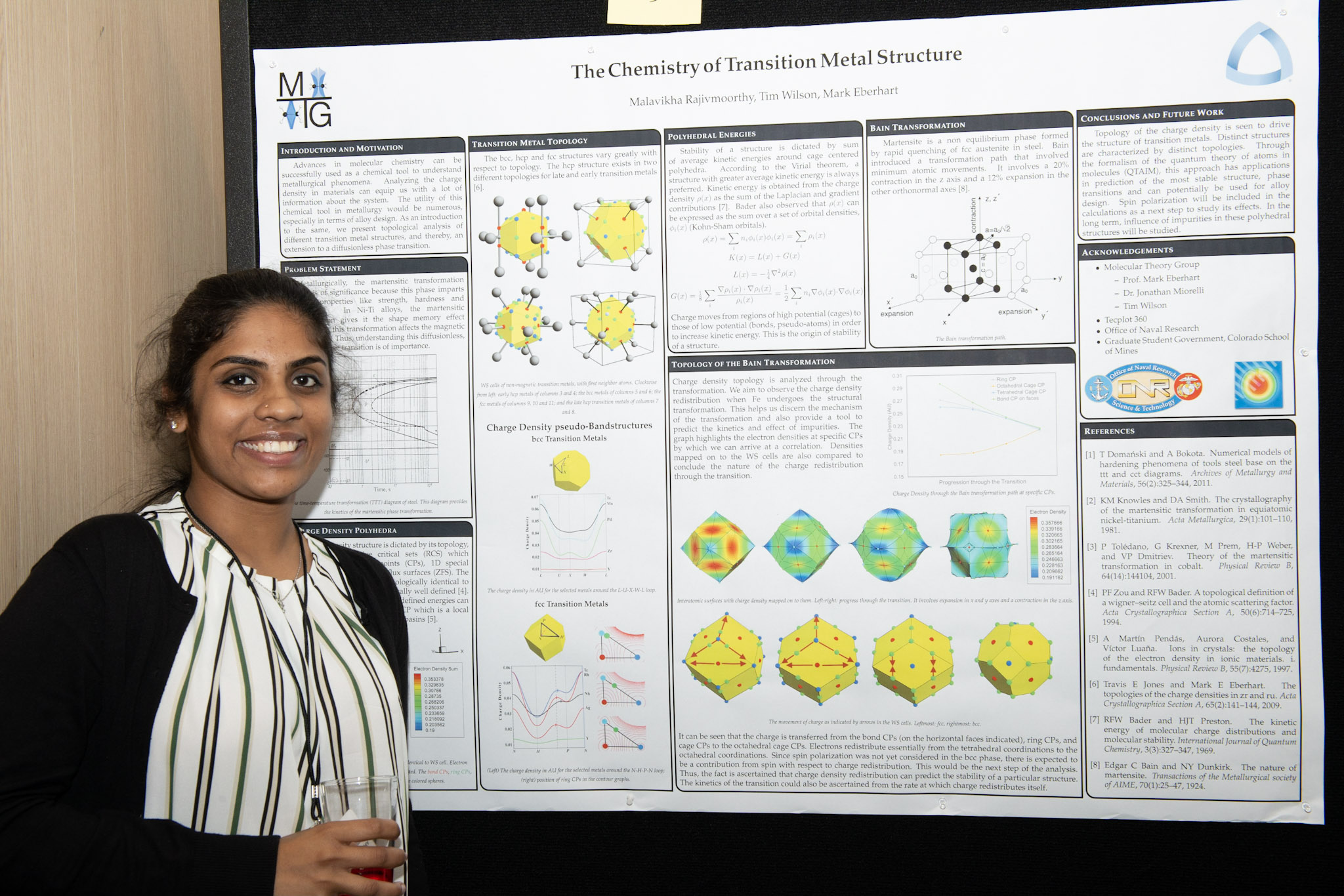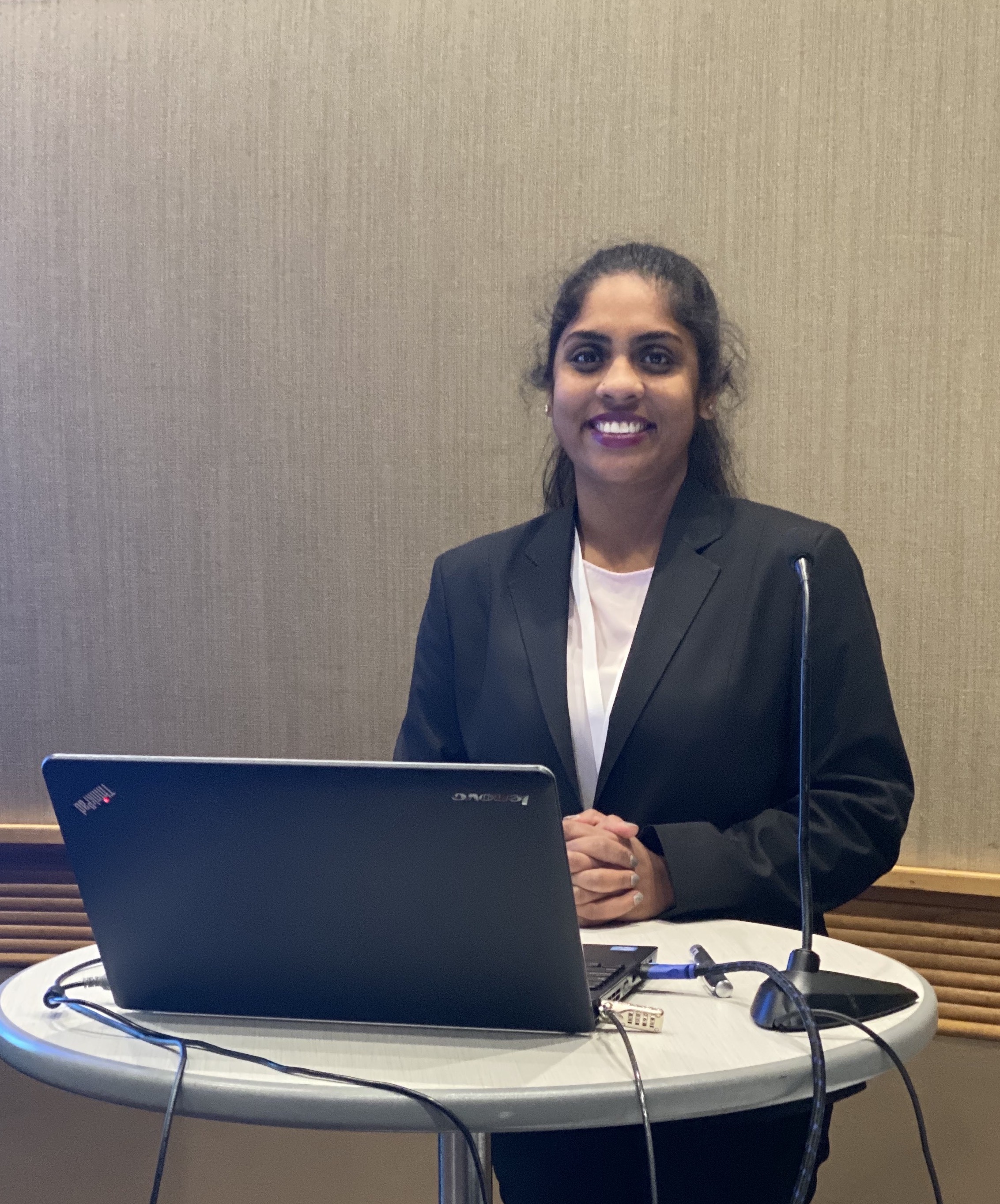Research
Grain Boundary and Interface Engineering in Steels
Abstract
This project, funded by the Office of Naval Research, aims at developing a realistic grain boundary model that can help attribute observable properties like cohesion, embrittlement, segregation, grain growth, etc. to features of the electronic structure. Historically, grain boundary engineering has been achieved through experimental trial and error, by determining thermomechanical treatments that yielded favorable microstructures. However, the underlying mechanisms that govern behavior remain elusive. Knowledge of these structure-property relationships can help discern the specific grain boundary structure and chemistry required for a material to exhibit a particular property.
First principles calculations and analyses of the obtained electronic structure can shed light on this aspect. The misorientation and chemistry of the grain boundary structure will be informed through experimental characterization techniques from model alloys, providing insight into interesting behaviors in steels. This will allow for the validation of our predictions. If successful, this model will help in the manipulation of grain boundary characteristics to enhance material properties.
conference Presentations
Materials Science and Technology, 2020 - Pittsburgh PA
“Predicting Grain Boundary Structure-Property Relationships in Metals from Charge Density Analysis and Experimental Characterization”, M. Rajivmoorthy, J. Tavenner, G. Tucker, A. Clarke, M. E. Eberhart
Graduate Research and Discovery Symposium (GRADS), 2020 - Colorado School of Mines, Golden, CO (Best Presentation Award)
“Analyzing Charge Density Redistribution to predict Structure-Property Relationships from Experimentally Informed Grain Boundary Models in Metallic Systems”, M. Rajivmoorthy, M. E. Eberhart, A. Clarke
Obtained one of the best presentation awards based on audience votes
Materials Science and Technology, 2019 - Portland, OR
“Analyzing Charge Density Redistribution to predict Structure-Property Relationships from Experimentally informed Models in Metallic Systems”, M. Rajivmoorthy, A. Clarke, M. E. Eberhart, Materials Science and Technology, 2019, October 2019, Portland, OR
“Developing a Realistic Grain Boundary Model to Study Solute Segregation from First Principles”, In Contributed Papers from Materials Science & Technology 2019, (pp. 952-959), M. Rajivmoorthy, A. Clarke, M. E. Eberhart
“Ultra High Performance Metallic Systems for Aerospace, Defense, and Automotive Applications”, J. Jankowski, J. Miorelli, M. Rajivmoorthy, M. Eberhart, A. Clarke, M. Kaufman, P. Wilson, K. Krishnamurthy, Materials Science and Technology 2019, October 2019, Portland, OR
Materials Science and Technology, 2018 - Columbus, OH
“Application of QTAIM toward an Understanding of Segregation Phenomena”, M. Rajivmoorthy, M. Hoerner, M. E. Eberhart, and J. G. Speer, Materials Science and Technology (MS&T), October 2018, Columbus, OH
Department of Defense Steels Summit, 2018 - Naval Surface Warfare Center, Carderock Division, Bethesda, MD
“Relationships between Charge Density and Grain Boundary Energy of Austenitic Iron”, M. Rajivmoorthy, M. Hoerner, M. E. Eberhart, and J. G. Speer, Department of Defense Steels Summit, October 2018, Naval Surface Warfare Center, Carderock Division, Bethesda, MD
Sagamore 2018: Halifax, Nova Scotia, Canada (Best poster award)
“The Chemistry of Transition Metal Structure”, M. Rajivmoorthy, T. Wilson, M. E. Eberhart, Sagamore 2018 – International Union of Crystallography Conference, July 2018, Halifax, NS, Canada
Obtained one of the best poster awards



 https://orcid.org/0000-0002-1797-7577
https://orcid.org/0000-0002-1797-7577